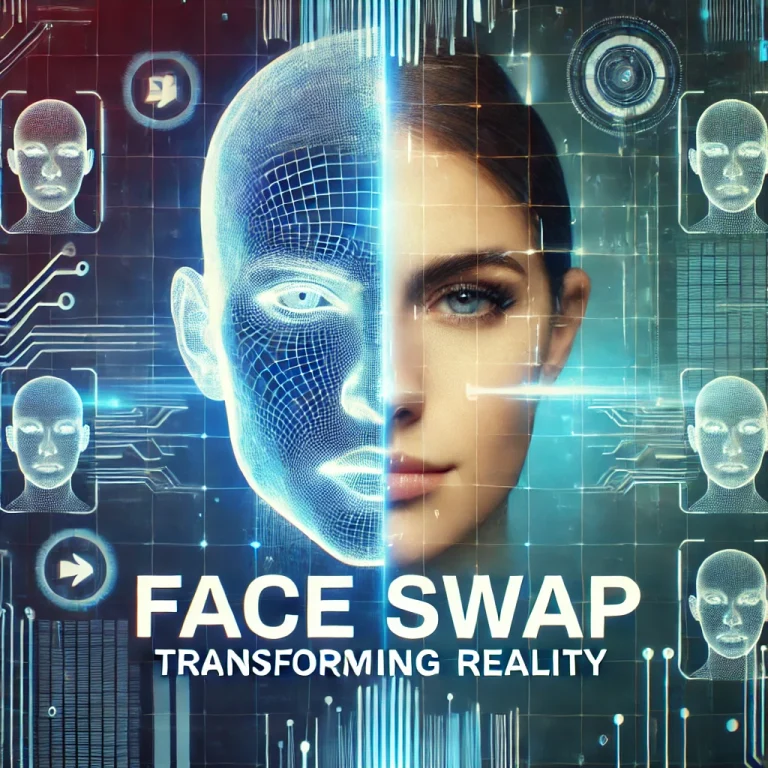Face swap technology has rapidly evolved over the past few years, transforming from a novelty feature in mobile apps to a sophisticated tool with a wide range of applications. This technology allows users to digitally swap faces between individuals in photos or videos, creating realistic composites that can be both entertaining and, at times, controversial.
How Does Face Swap Technology Work?
At its core, face swap technology utilizes advanced algorithms in computer vision and machine learning. Key techniques include:
- Facial Recognition: The system first detects and recognizes facial features using landmarks like eyes, nose, and mouth.
- Image Mapping: It then maps these features onto another face, adjusting for differences in angle, lighting, and expression.
- Blending and Rendering: Finally, the technology blends the swapped face seamlessly into the target image or video, ensuring consistency in skin tone and texture.
Deep learning models, particularly Generative Adversarial Networks (GANs), have significantly improved the realism of face swaps, enabling high-quality outputs that are difficult to distinguish from authentic media.
Applications of Face Swap Technology
Entertainment and Social Media
- Filters and Effects: Popular apps like Snapchat and Instagram use face swap filters for fun effects, allowing users to swap faces with friends, celebrities, or even animals.
- Film and Animation: In the movie industry, face swap technology assists in special effects, such as de-aging actors or creating digital doubles for stunt scenes.
Education and Training
- Historical Reenactments: Educational programs use face swaps to bring historical figures to life, enhancing interactive learning experiences.
- Medical Training: In psychology and empathy training, face swaps can help practitioners understand patients’ perspectives by simulating different facial expressions and conditions.
Ethical Considerations and Challenges
While face swap technology offers innovative possibilities, it also raises significant ethical concerns:
Misinformation and Deepfakes
- Fake News: Manipulated media can spread misinformation, impacting public opinion and democratic processes.
- Personal Harm: Unauthorized face swaps can lead to defamation, harassment, or violation of privacy rights.
Consent and Privacy
- Data Usage: The use of personal images without consent infringes on individual privacy.
- Regulatory Compliance: Laws like the General Data Protection Regulation (GDPR) impose strict guidelines on personal data usage, including biometric information.
Mitigation Strategies
To address these challenges, several measures are being implemented:
- Detection Tools: Researchers are developing algorithms to identify manipulated media, helping platforms and users discern authenticity.
- Policy and Regulation: Governments and organizations are establishing policies to penalize malicious use of face swap technology.
- Public Awareness: Educating users about the potential risks and encouraging critical evaluation of online content.
Conclusion
Face swap technology exemplifies the double-edged sword of technological advancement. Its ability to entertain and innovate is matched by potential misuse. Balancing innovation with ethical responsibility is crucial. As the technology continues to evolve, collaborative efforts between developers, policymakers, and users are essential to harness its benefits while mitigating its risks.

0 Comments